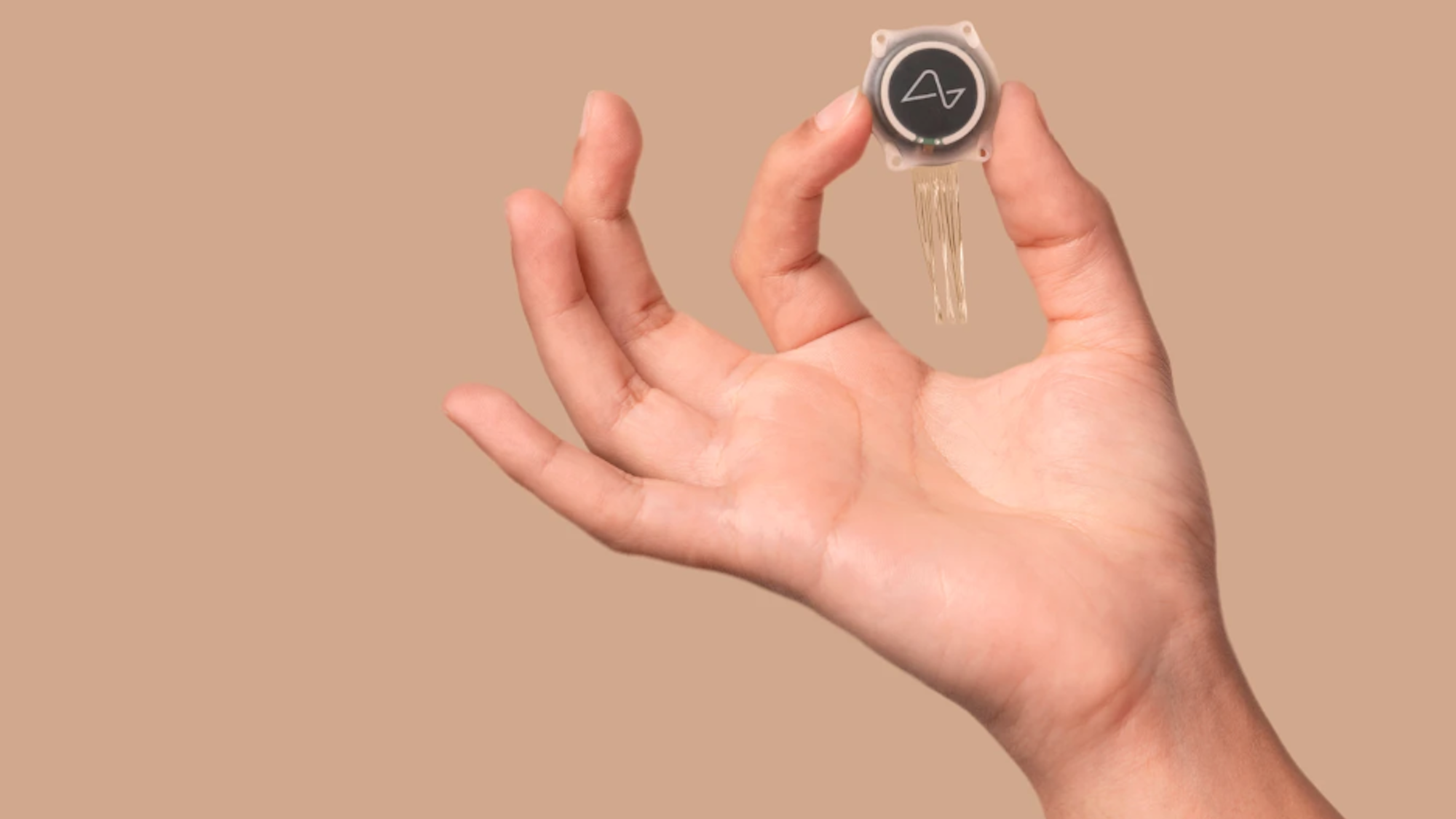

An estimated 85-percent of Neuralink’s brain-computer interface (BCI) implant threads connected to the first human patient’s motor cortex are now completely detached and his brain has shifted inside his skull up to three times what the company expected, volunteer Noland Arbaugh told The Wall Street Journal on Monday. Arbaugh also stated Neuralink has since remedied the initial performance issues using an over-the-air software update and is performing better than before, but the latest details continue to highlight concerns surrounding the company’s controversial, repeatedly delayed human implant study.
Neuralink’s coin-sized N1 BCI implant’s 64 wires thinner than a human hair are inserted a few millimeters into the motor cortex. Each thread contains 16 electrodes that translate a user’s neural activity into computer commands like typing and cursor movement. Around 870 of the 1024 electrodes in Arbaugh’s implant are no longer functional—an issue that allegedly took Neuralink a “few weeks” to remedy, reports The WSJ. When Arbaugh asked if his implant could be removed, fixed, or even replaced, Neuralink’s medical team relayed they would prefer to avoid another brain surgery and instead gather more information.
[Related: Every human testicle contained microplastics in a new study]
In an update quietly published earlier this month, the company says it ultimately determined that the malfunction had reduced the implant’s bits-per-second (BPS) rate, a measure of the BCI’s performance speed and accuracy. A modification to “the recording algorithm” allowed Arbaugh’s device to become “more sensitive to neural population signals, improved the techniques to translate these signals into cursor movements, and enhanced the user interface.”
“These refinements produced a rapid and sustained improvement in BPS, that has now superseded Noland’s initial performance,” Neuralink wrote next to a data graph illustration with no additional citation. As The Register explains, this potentially now “[leaves] just nine or ten of the original 64” threads in working condition. Arbaugh’s post-surgery side-effects support previous reports that Neuralink engineers have known for years about the implant’s potential to move within a subject’s skull.
An estimated 1,000 people have purportedly submitted applications to participate in Neuralink’s ongoing PRIME Study, but less than a tenth of them are qualified for the trial. The company has previously stated it hopes to perform an additional nine implant surgeries by the end of the year, and aims to complete its second procedure in June. Documents reviewed by The WSJ indicate Neuralink believes a potential remedy to the ongoing wire retraction issue may come from implanting the threads deeper into the brain.
“We’re still in the early stages of the PRIME Study and plan to provide additional updates as we continue to work with our first participant, as well as other participants in the future,” Neuralink wrote in an update earlier this year. Below each blog post is the stipulation, “We do not guarantee any benefit by participating in the PRIME Study.”
